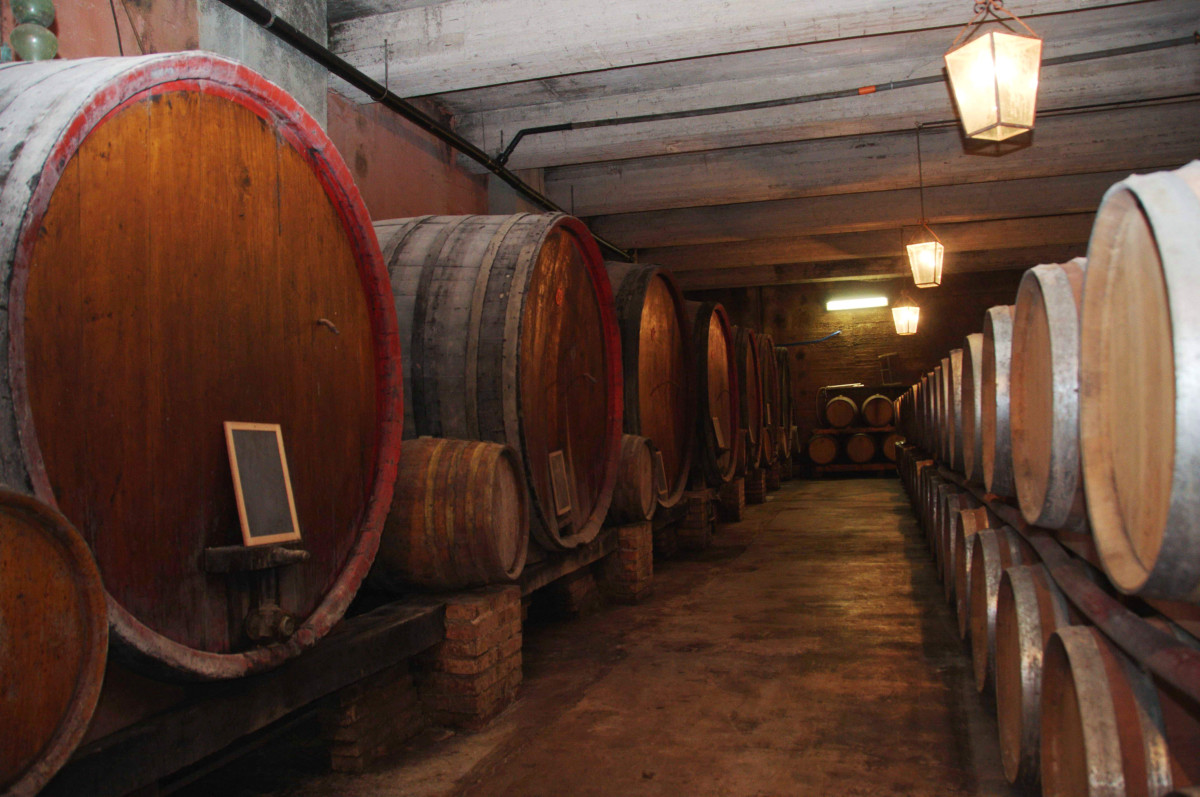Ben Carpenter, Edinburgh asks: What are the benefits of using an open-top fermenter in the winemaking process?
Alistair Cooper MW replies: During the early stages of fermentation, open-top fermenters allow for increased oxygen contact which can help the yeast build a strong population.
This can help prevent what is known as ‘stuck ferments’ – when the yeasts become dormant before fermentation has finished.
Open-top fermenters also allow easy access to the cap (the grape skins that rise to the top) and allows them to be punched down into the fermenting must easily.
The heat generated during fermentation can easily escape the vessel, and an open-top can help better manage the fermentation temperatures.
Likewise, ethanol can also escape in the absence of a lid, which may be desirable or not, depending on the winemaker.
Open-top fermentations are only practical for relatively small volumes of wine, and are mainly used for red wines (or orange wines), as white wines tend to be fermented in the absence of grape skins.
Great care is also needed with open-top vessels as too much oxygen exposure may allow bacterial spoilage to enter the fermenting must.
Translated by Leo / 孔祥鑫
All rights reserved by Future plc. No part of this publication may be reproduced, distributed or transmitted in any form or by any means without the prior written permission of Decanter.
Only Official Media Partners (see About us) of DecanterChina.com may republish part of the content from the site without prior permission under strict Terms & Conditions. Contact china@decanter.com to learn about how to become an Official Media Partner of DecanterChina.com.











Comments
Submit